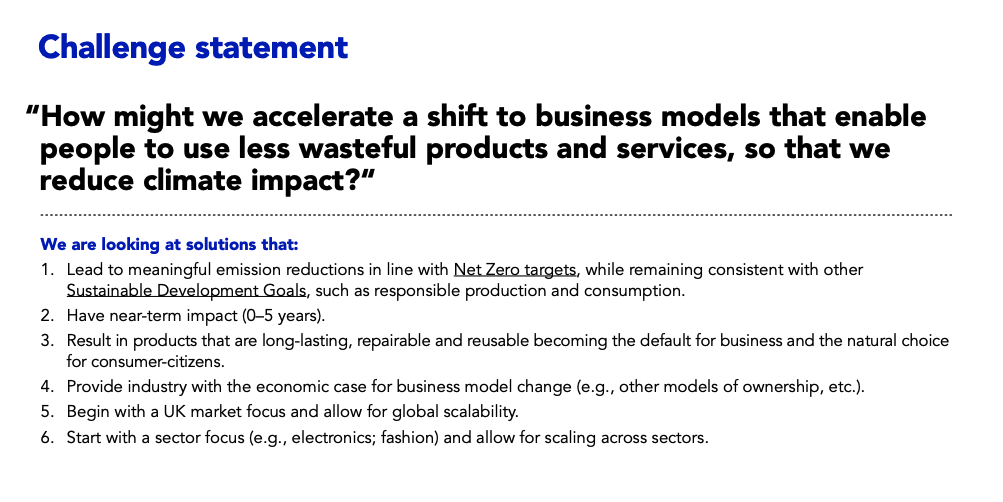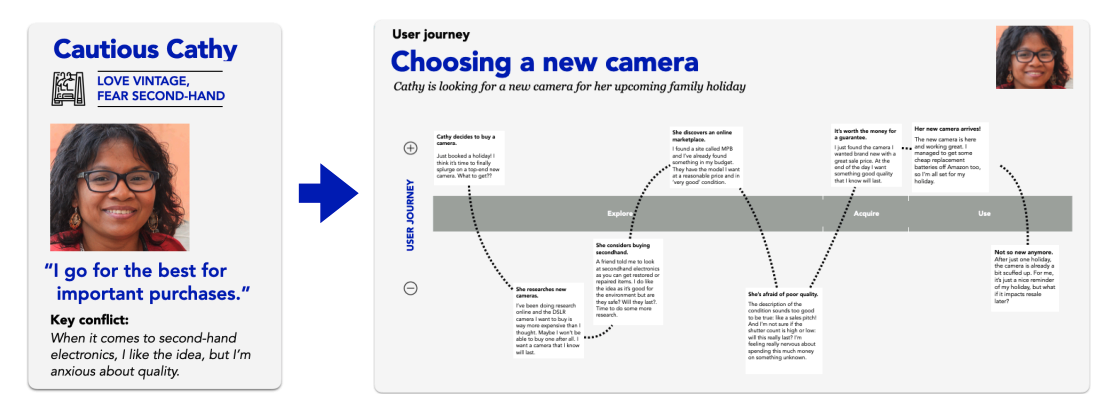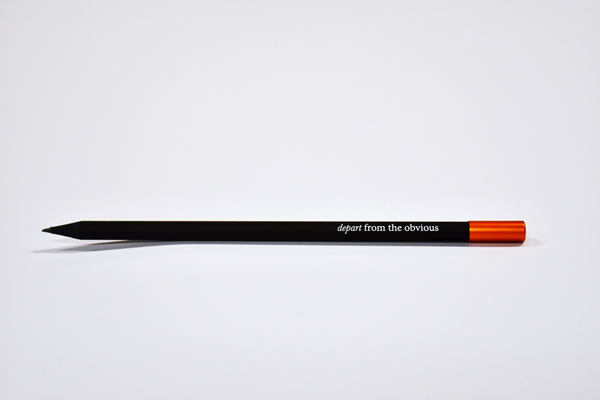
by Sumant Bhatia — Dec 14, 2021
Access our Sustainable Innovators Research Toolkit to learn how Design Thinking and ethnographic research can help tackle climate change.
At the heart of any design project is the research. For us at the Design Thinkers Academy London that means ethnographic research. Learning from people, about people, to help drive wider reaching, systemic solutions, and our 2021 Design Sprint Camp was no different.
Built from extensive desktop, stakeholder and ethnographic research, our Sustainable Innovators Research Toolkit provides fresh insights from UK citizen consumers on behaviours around fashion and electronics. It was led by the DK&A research team to support the Design Thinkers Academy London’s Design Sprint Camp – run in collaboration with the Carbon Trust.
Available under Creative Commons, it has already been presented at a Carbon Trust conference and is open for all to use. It has been developed not only to share new findings, but also to help guide your own research and innovation projects. So please do download, read, digest and use our toolkit to help drive your own work and deliver responsible revolutions.
Download the research toolkit
What’s the research toolkit about?
We’ve now come to the end of our first ever Design Sprint Camp: our coaches have taught 35 people, from Hong Kong to Spain, twice a week for the last three weeks. Together they have learned, collaborated and innovated together, all focussed on one unifying challenge.
As anyone who has been on the Design Thinkers Academy London’s Design Thinkers Bootcamp knows, an impactful challenge set by a sponsor client is central to our open courses. It’s one thing to learn design thinking, but to do so whilst applying it to a very real problem is an important part of who we are and our mission to inspire responsible revolutions. So, for our 2021 Design Sprint Camp we partnered with global sustainability experts, the Carbon Trust, to set the follow challenge:

Following stakeholder interviews and initial research, we specifically focussed on the fashion and electronics industries.
What you can learn from the Sustainable Innovators Research Toolkit
1. New Frameworks
Central to the Research Toolkit are the frameworks and tools – useful to anyone looking at sustainable innovation. Guided by the Circular Economy model, (adapted from the Ellen MacArthur Foundation) and R-Ladder (adapted from ‘Circular Economy: measuring innovation in product chains’, by Potting, J et al) we also developed our own Design Intervention Ladder. It helps innovators develop concepts that will accelerate a shift to business models that enable people to use less wasteful products and services, leading to reduced climate impact.

2. Themes and insights from citizen-consumers
The research consisted of desktop research; stakeholder interviews with experts from academia, NGO’s and business; and most importantly, the citizen-consumer ethnography. If you want details and guidance on how we went about this research, including the methodology for doing ethnography in an online setting, read the full report.
Following synthesis of the full research, it produced these 6 key themes and insights for you to now use and explore:
Love vintage, fear second-hand
People are often very happy to buy pre-owned clothes, yet there is a sense of compromise and lack of trust of pre-owned electronics – despite the fact many people sell their old electronics.
Mend for the right money
Repair only happens when people can do it themselves, or see that it offers them the best option financially or a product has emotional resonance. Otherwise they will replace.
Easy sell, easy buy
Many are happy to buy, buy, buy, knowing there are easy, environmentally friendly ways of selling on or getting rid of stuff – without realising the impact of their consumerism.
Staying on top of the trends
Wanting the latest technology or fashion is a big driver to purchase, especially in electronics, and people will often sell old products in order to justify upgrade to the latest fashion or tech.
Quality for the right item
People do want that extra quality or durability but only for key items and this is driven by the financial benefits, not environmental. For other items they want discounts or cheaper alternatives.
Environmentally friendly is a bonus
Environmental concerns are often secondary to other drivers of buying behaviours like price, speed and quality. The cost of enviro-friendly products and limited info around them are big barriers.
3. New opportunity areas
It is only through research that we can then find opportunity areas. The report also shares the 6 personas and user journeys that arose from the research and have laid the platform for innovation on the Sprint Camp
 All 6 personas and user journeys are available for you to now go explore and use freely to help your own work.
All 6 personas and user journeys are available for you to now go explore and use freely to help your own work.
Download the research toolkit
If you want to find out what ideas came out of the Design Sprint Camp, using this research toolkit, then stay tuned for an upcoming blog where we reveal some of the ideas that came out of the 2021 Design Sprint Camp.

